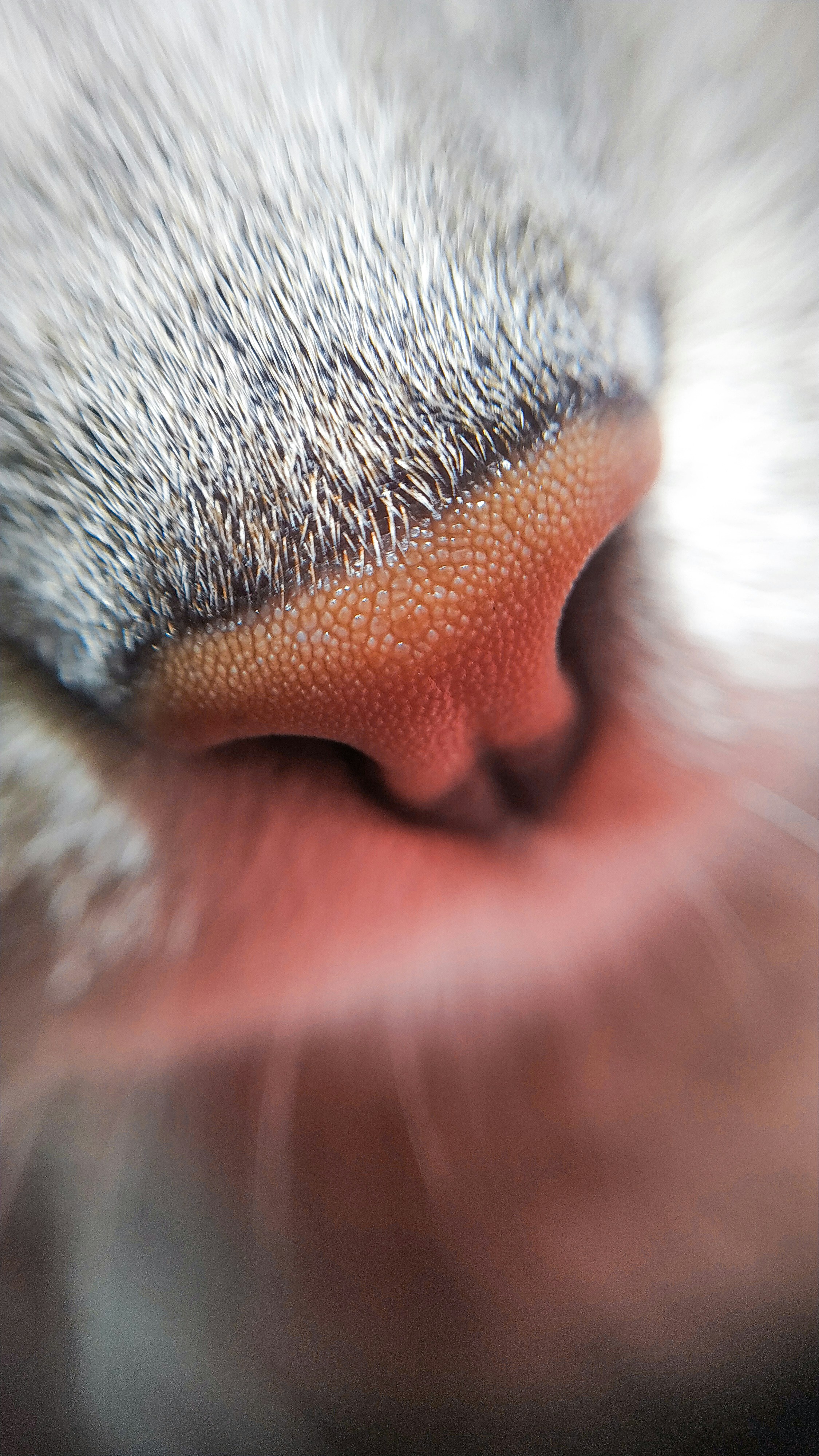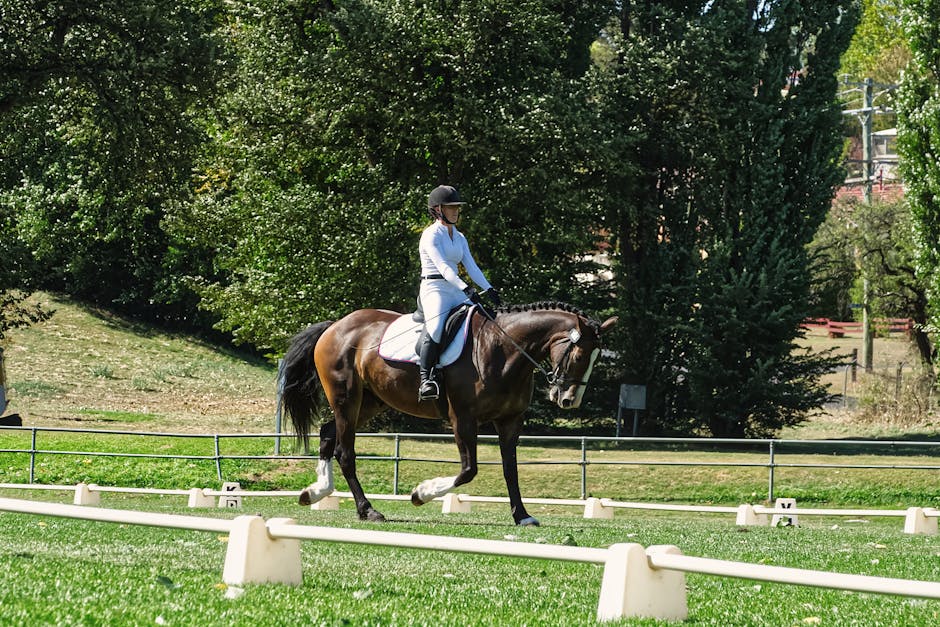Enhance Pet Training with Essential Oils: Discover the Science of Scent
Have you ever wondered how the air around you can influence your furry friend’s behavior? The connection between scent and emotion isn't just a curious fact; it's a powerful tool when applied to pet training. Today's pet owners are exploring innovative methods to improve their companions' training outcomes through aromatherapy, tapping into the unique science of scent. In this article, we delve into how essential oils can create positive associations, reduce anxiety, and enhance focus during training sessions. Get ready to embark on an aromatic journey that could revolutionize your pet training approach!
The Science Behind Scent and Pet Behavior
When we think about our pets, their unique personalities, preferences, and quirks come to mind. Remarkably, animals experience the world in ways that differ significantly from humans, particularly through their sense of smell. Dogs and cats possess an extraordinary number of olfactory receptors, allowing them to interpret scents as complex emotional cues. This innate ability can be tapped into to enhance training through the strategic use of essential oils.
Research, like the study conducted by the American Institute of Stress, reveals that specific scents can trigger calming responses in pets. For instance, lavender is often touted for its relaxing properties, and incorporating it into your training regimen could mitigate anxiety-triggered behaviors. It becomes crucial to understand how these natural scents can create positive experiences, tapping into your pet's sensitive olfactory system.
Essential Oils: Benefits vs. Risks
While essential oils offer a plethora of benefits in enhancing pet training, it’s critical for pet parents to approach them with care. Not all essential oils are safe for animal use; some can even cause adverse reactions. For instance, tea tree oil can be toxic to pets if ingested or applied incorrectly.
Before incorporating any essential oils into your pet’s routine, it’s essential to consult with your veterinarian. They can guide you on safe options tailored to your pet's unique needs. Exploring suitable oils can be likened to establishing a solid training foundation: informed choices yield effective results.
Choosing the Right Essential Oils for Training
Creating a successful training environment infused with essential oils requires careful selection. Here’s a small list of oils commonly viewed as safe and beneficial for pet training:
- Lavender: Promotes relaxation and reduces anxiety.
- Chamomile: Known for its calming properties, great for fearful pets.
- Cedarwood: Can enhance focus while promoting a sense of calm.
- Peppermint: Stimulates alertness and mental clarity.
As a practical tip, consider using a diffuser in your training space. Diffusers distribute the aroma evenly, creating a serene atmosphere that enhances concentration and promotes a deeper connection between you and your pet. For further reading on the senses, check out our article on the art of scent work and bonding.
Aromatherapy in Action: Enhancing the Training Experience
The integration of essential oils into training involves more than just introducing pleasant aromas—it's about building positive associations that reinforce your pet's learning experience. Here’s how to harness their scent in training effectively:
1. Create a Calming Environment
Start training sessions in a space where your pet feels safe. By diffusing lavender or chamomile before training, you're setting the stage for a relaxed environment. This initial calming effect can pave the way for your pet to be more receptive and focused.
2. Use Oils as Reinforcements
Instead of relying solely on traditional treats as rewards, consider using essential oils during training to create a multi-sensory experience. When your pet successfully performs a desired action, reward them with a treat, followed by a gentle whiff of a pleasant scent. This pairing reinforces their positive behavior both through taste and smell, which can heighten the learning process.
3. Mindful Interaction and Focus
In conjunction with scent, incorporating mindfulness techniques can deepen your pet's focus. Engage in meditation or calming exercises before training to help both you and your pet perform at your best. A relaxing session together can make your pet feel more connected, further enhanced by essential oils. Explore mindfulness techniques for pets to broaden this approach.
Real-World Examples: Success Stories with Aromatherapy
Numerous pet owners have engaged with pet behaviorists and trainers to implement aromatherapy techniques in their training regimens. Many report notable improvements:
-
Case Study #1: A rescue dog named Max had severe anxiety around strangers. His owner adopted an aromatherapy regimen using lavender oil in a diffuser during training sessions. Over time, Max's anxiety lessened, leading to better social interactions.
-
Case Study #2: Bella, a timid cat, struggled with litter box training. Her owner paired the training sessions with cedarwood scents, leading to heightened focus and positive associations with the litter box.
These stories illustrate how powerful scents can create positive impacts on pet training. Positive associations formed through consistent training and soothing environments lead to thriving pet partnerships.
The Bond Reinforcement: Scents and Connections
In addition to fostering a training environment, the scents we use can strengthen the emotional bond with our pets. Just like a favorite memory tied to a specific smell, experiences shared with your pet can develop rich, lasting connections. Scent associations allow your pet to recognize and trust your training cues, fostering a collaborative and loving relationship.
To build on this bond, you might find success with shared experiences linked to the scents you use. For example, creating a calming scent tailored to a particular activity can signify that it’s training time. Establishing this cue can make training feel less of a chore and more of a fun bonding experience.
Essential Oils for Overcoming Behavioral Challenges
Some pets present unique challenges that can hinder their training outcomes—fear, aggression, or distraction are common issues. Essential oils can serve as valuable allies in overcoming these challenges.
1. Addressing Fear and Anxiety
Pets who suffer from fear or anxiety may not respond well to training due to their emotional state. Oils such as lavender and chamomile can create a supportive environment conducive to learning. Gradually exposing your pet to situations that induce anxiety while using calming scents can positively affect their response. Over time, these techniques can foster resilience and adaptability.
2. Recalibrating Distraction
For pets that struggle with distractions, peppermint essential oil can invigorate and enhance focus. Integrating peppermint aromas into training sessions can encourage alertness, allowing your pet to stay engaged with tasks. This additional sensory stimulation can be beneficial in environments with competing stimuli.
Final Thoughts: Embrace the Healing Power of Scents
Integrating essential oils into your pet training routine can open doors to improved outcomes and deeper connections. As you venture into this aromatic world, keep in mind the importance of proper selection, safety, and consultation with your veterinarian.
Start by incorporating calming essential oils into your training routine and observe the positive changes in your pet's response. With this innovative approach, you’ll not only strengthen the bond with your furry friend but also embark on a rewarding journey toward training success. For further reading on enhancing training with auditory cues, check our article on the role of soundscapes in training.
















